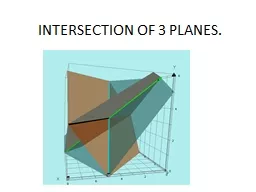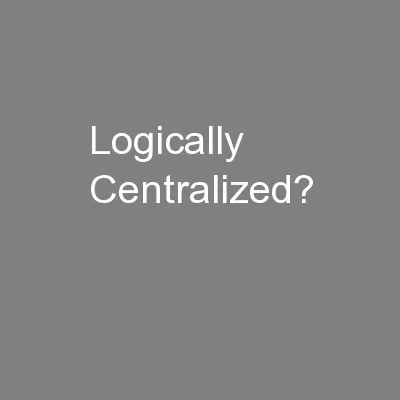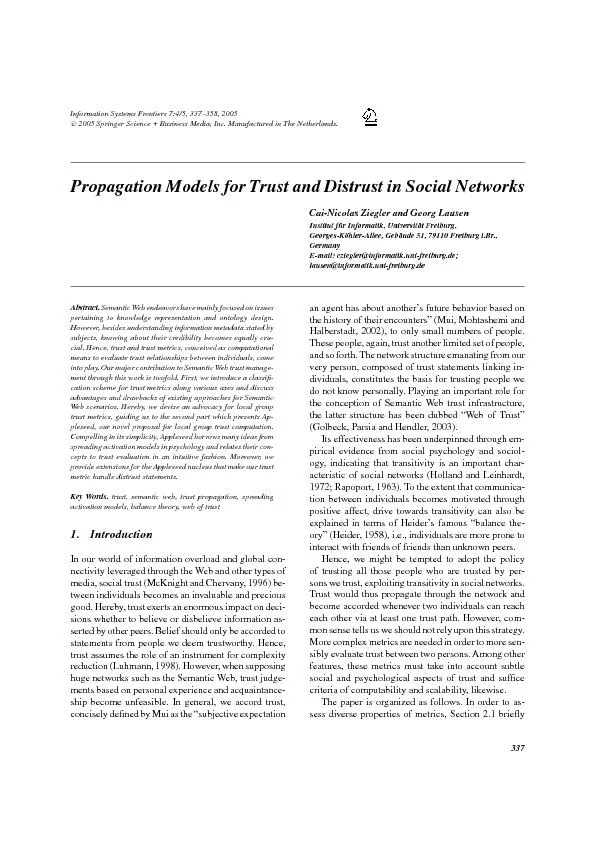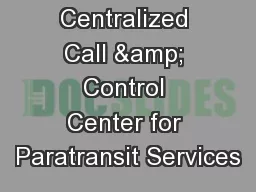PPT-Bridging centralized programming and distributed control planes
Author : enteringmalboro | Published Date : 2020-08-29
and distributed control planes Ryan Beckett Ratul Mahajan Todd Millstein Jitu Padhye David Walker Hypothesis on smart solutions in networks Infrastructure size
Presentation Embed Code
Download Presentation
Download Presentation The PPT/PDF document "Bridging centralized programming and di..." is the property of its rightful owner. Permission is granted to download and print the materials on this website for personal, non-commercial use only, and to display it on your personal computer provided you do not modify the materials and that you retain all copyright notices contained in the materials. By downloading content from our website, you accept the terms of this agreement.
Bridging centralized programming and distributed control planes: Transcript
Download Rules Of Document
"Bridging centralized programming and distributed control planes"The content belongs to its owner. You may download and print it for personal use, without modification, and keep all copyright notices. By downloading, you agree to these terms.
Related Documents











![[FREE]-Programming 16: Python Programming In A Day & C Programming Professional Made Easy](https://thumbs.docslides.com/980148/free-programming-16-python-programming-in-a-day-c-programming-professional-made-easy-c-programming-c-programming-c-programming-language-html-python-python-programming-coding-css-java-php.jpg)